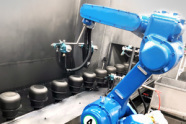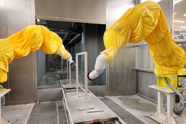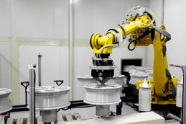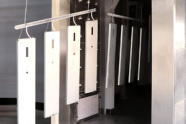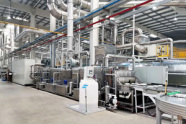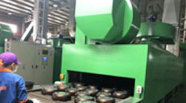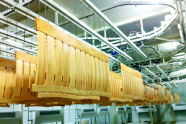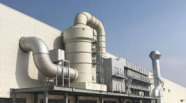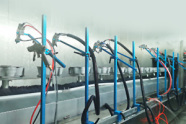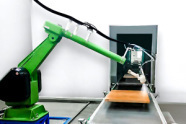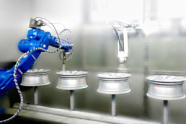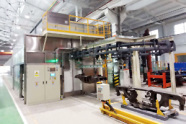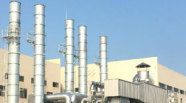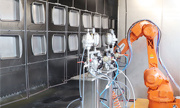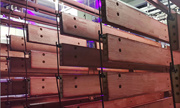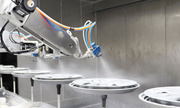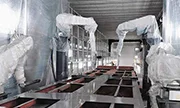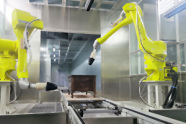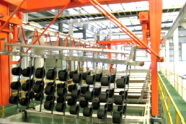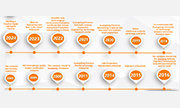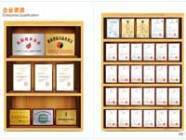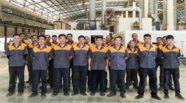Related News
01
2025
-
07
Coating Line Equipment Manufacturer's Perspective: In-Depth Analysis and Solutions to Common Spraying Issues
Author:
Chuangzhi Coating
In the coating industry, spraying quality is one of the key indicators for measuring a product's appearance and performance. However, in actual production processes, issues such as uneven spraying, cratering, sagging, and others frequently occur, not only affecting the product's aesthetics but also potentially threatening its performance. As a coating line equipment manufacturer, we understand the importance of these issues to our customers. Therefore, this article will delve into these common problems and provide professional solutions.
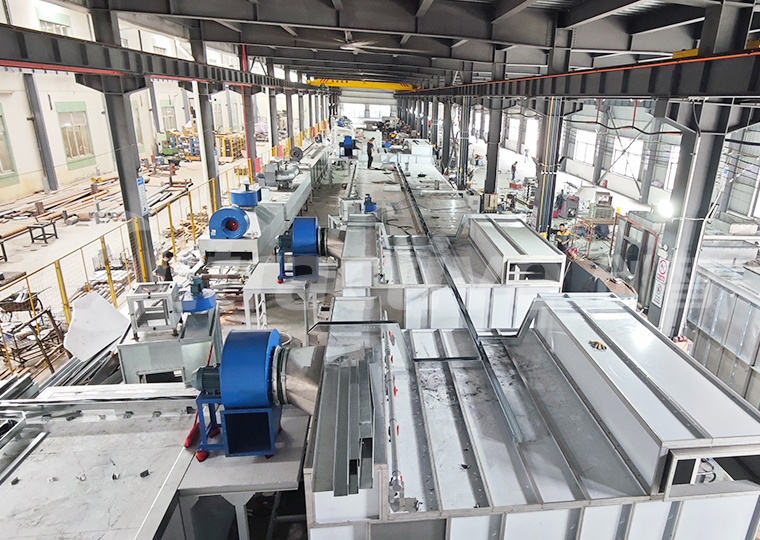
I. Analysis of Uneven Spraying Issues
Uneven spraying is one of the most common problems in the coating process, mainly manifested as varying coating thickness and uneven color shades. This issue is primarily caused by the following factors:
For uneven spraying issues, we recommend the following solutions:
II. Analysis of Cratering Issues
Cratering refers to small, round depressions on the coating surface, severely affecting the product's aesthetics. Cratering issues are primarily caused by the following factors:
For cratering issues, we recommend the following solutions:

III. Analysis of Sagging Issues
Sagging refers to the coating flowing under gravity along the workpiece surface, forming an uneven coating. Sagging issues are primarily caused by the following factors:
For sagging issues, we recommend the following solutions:
In summary, issues such as uneven spraying, cratering, sagging, and others are common challenges in the coating process. As a coating line equipment manufacturer, we are committed to providing customers with professional solutions to help them improve coating quality and efficiency. By regularly maintaining and calibrating spraying equipment, choosing coatings with stable quality, enhancing workpiece surface pretreatment, and controlling coating environment humidity and temperature, we can effectively avoid these issues. In the future, we will continue to deepen our coating technology expertise and provide customers with even more high-quality, efficient coating line equipment and services.

